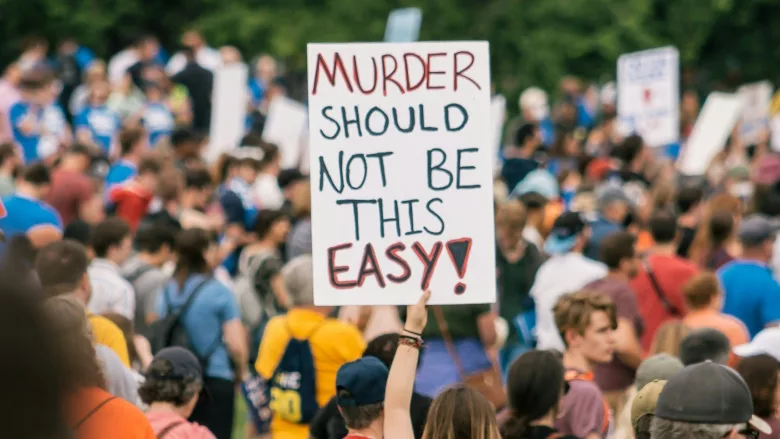Active shooter preparedness: What’s being omitted in training?

Image via Unsplash
Nearly all civilian responses to active shooter training include a similar focus as the Run Hide Fight concept developed by the Houston Police Department nearly 15 years ago. Training using the Run Hide Fight, or similar concept, undoubtedly prepares people for an active attack, and although the training itself is considered an excellent response strategy, it still omits some basic and common-sense mitigation concepts that to some seems best unspoken. Again, the basic training as described earlier, along with other mitigation strategies like Behavioral Threat Management Teams, enhanced physical security, new technologies, increased security/police presence have all provided useful in both active shooter prevention and response.
So, what concepts should be discussed in active shooter training? Looking beyond the traditional response may not be welcomed by all, but just the discussion, if nothing else, should heighten personal defense. Intuition, Physical and Mental Toughness, Self-Defense, Situational Awareness and Weapons are few examples worth discussing in an active shooter class for civilians:
Intuition: Trusting your instincts has always been an important part of personal safety, but seldom mention when discussing an active shooter whether is witnessing a suspicious person, or deciding what actions to take once a shooting begins. Dr. Emma Seppälä Ph.D. describes in her recent article how intuition is real and backs it up with research, and even provides suggestions on how to strengthen an institution.
Physical and mental toughness: This suggestion in an active shooter training class could be a bit touchy, but people who are in better shape are more likely to be handle the added trauma than someone who may grossly out of shape. At the most basic level, consider the difficulties associated with running down (or up) several flights of steps.
As far as mental toughness, discussing stress reduction, and “good ole grit,” during a critical incident could prove the difference between surviving and perishing. Encouraging training participants to consider breathing exercises, mindfulness activities, meditation, etc. may provide the extra level of protection needed in an active shooter incident. “Wargamming” scenarios is also an excellent way to enhance mental toughness by considering specific actions to take during a variety of emergency situations, including active shooter.
Self-Defense: Offering self-defense classes are a great way to build skills and confidence, but in reality, it takes dedication and time to be able to put those skills into practice. It is another way to increase physical and mental toughness. Organizations that do not have the capability or desire to teach self-defense may want to provide people with options on the different martial arts styles that would be more conductive to surviving an active attack.
Situational awareness: Situational Awareness teaches the importance of knowing one’s environment, and specifically to understand what’s normal versions anomalies that would raise red flags. Patrick Van Horne, the founder and CEO of the CP Journal, a behavioral analysis training company, and former Marine Corps Officer, describes these kinds of prevention efforts as “left of bang.” In other words, actions you can take before a critical incident to avoid or mitigate the effects.
Weapons: Another controversial topic, and one that would likely need executive approval from the organization where the training was being conducted. Is it worth mentioning in a active shooter preparedness class? Probably, and if not, expect the topic to come up. If nothing else, informing the training class of the complexities involved in carrying a weapon such as a handgun or some kind of non-lethal device (ex., pepper spray). “Are you willing to kill someone? Do you understand the legal ramifications? Have you been trained?” These questions should be the basis of such a conversation, and if nothing else, concluding with carrying any kind of weapon is an individual decision.
Any variation of the Run Hide Fight training for civilian active shooter training continues to prove highly valuable. Not only does it provide lifesaving options for someone in an active shooter incident, but it also provides an enhanced awareness of those being trained. Supplementing such training with additional suggestions strengthens the overall training, and hopefully provides prevention suggestions during an actual event.
Looking for a reprint of this article?
From high-res PDFs to custom plaques, order your copy today!






